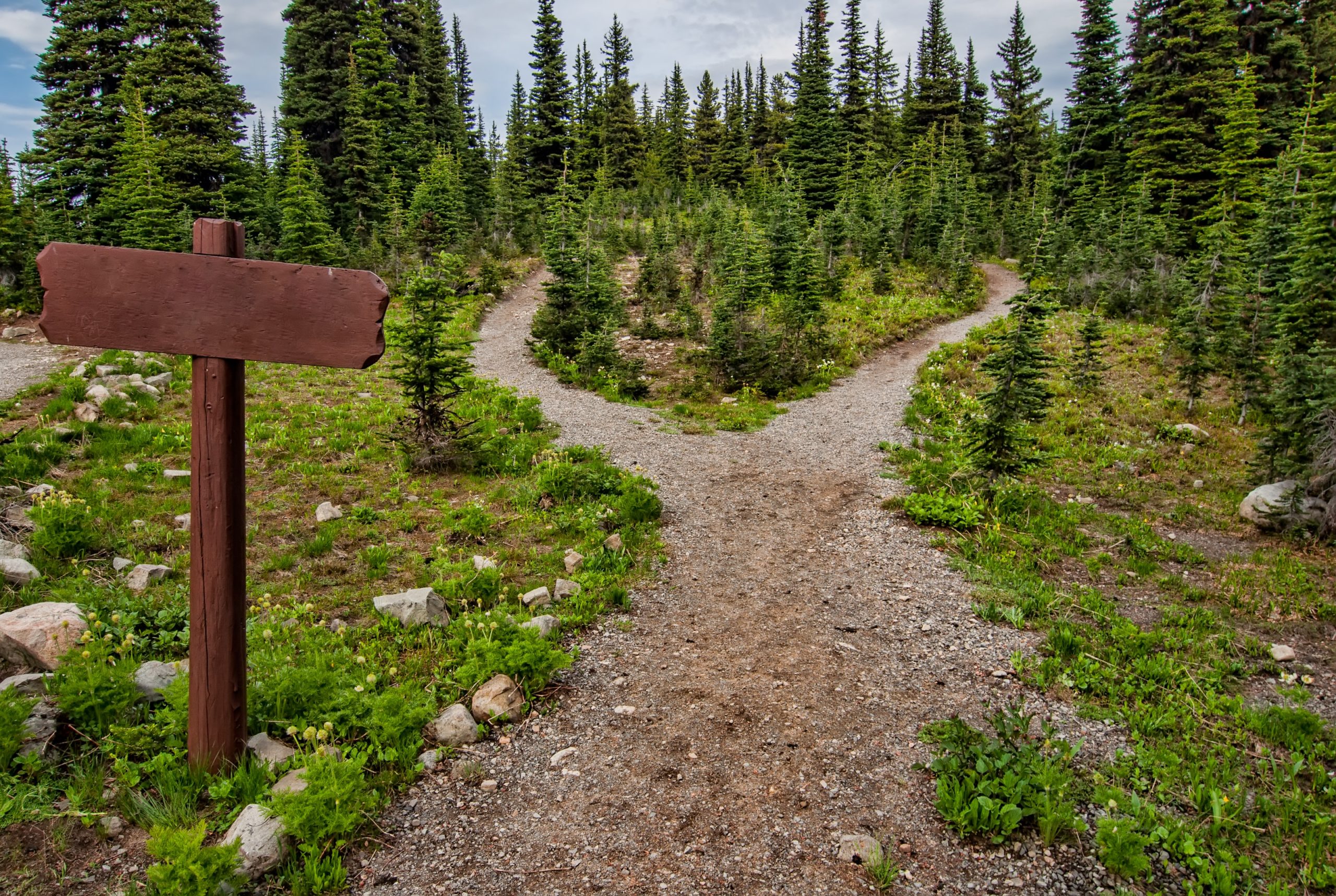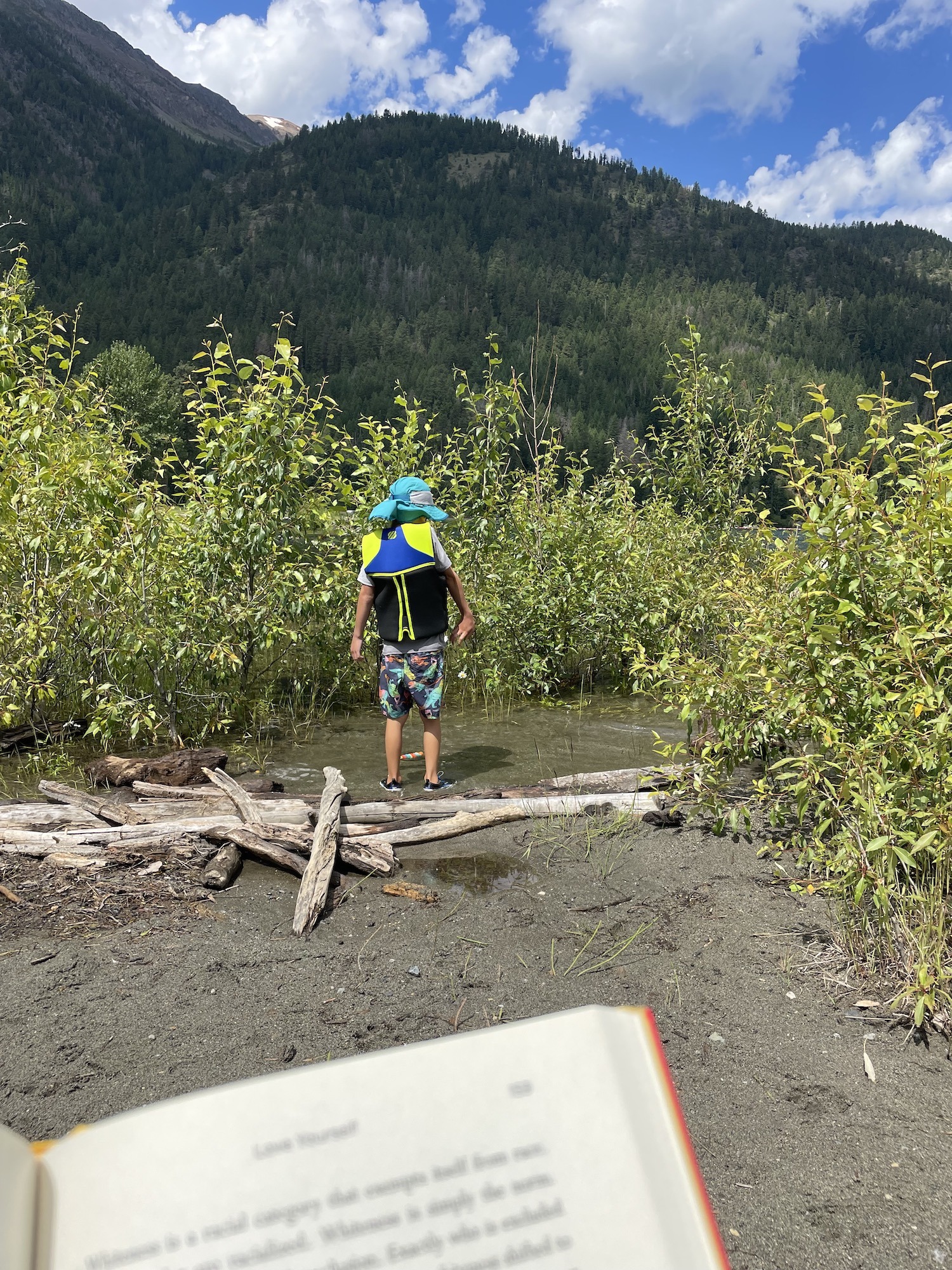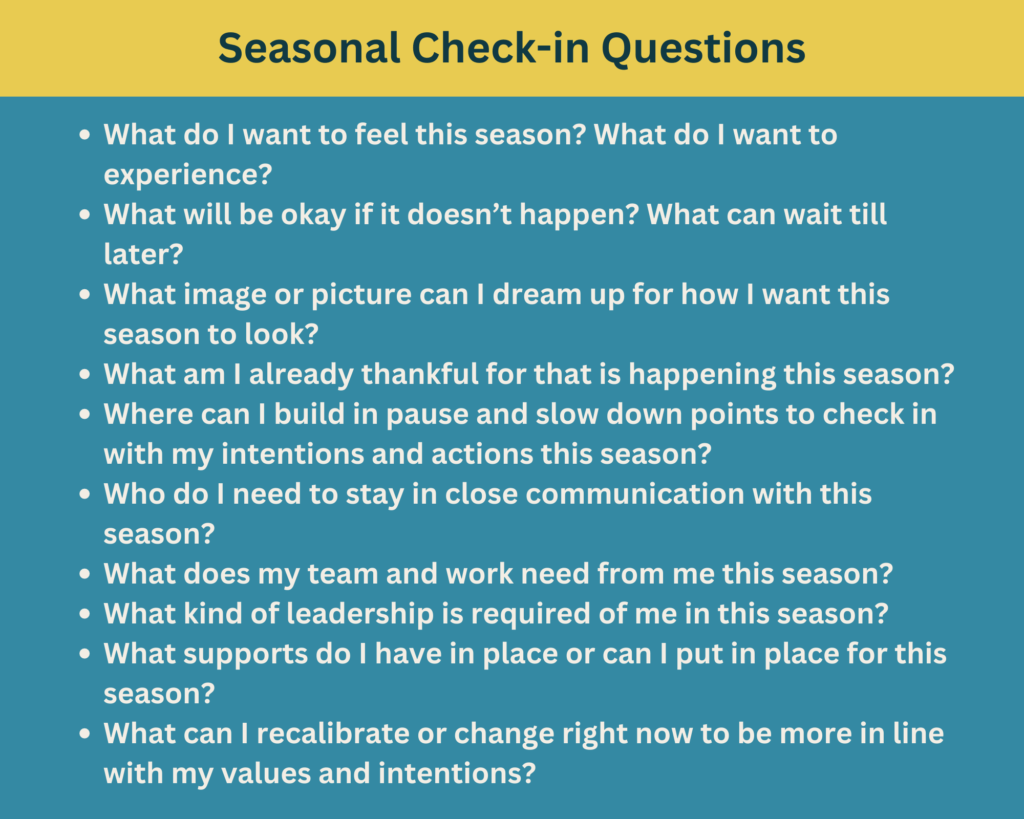Last week, I wrote about the first thing I do when I am hit with uncertainty or a big change that brings the unknown.
And then promptly after, a big unexpected change was thrown my direction.
My first move is to pause, to stop for a moment, and anchor down. (Check it out here.)
And then, last week, I got to practice in real-time. My husband got COVID the night before my parents were scheduled to come to town to help put on a birthday party for my kiddo. You would think by now I would be ready/used to “the Covid cancellation.” Well, I am not. It still sucks. The amount of times we’ve had to cancel family gatherings my kid (and all of us) were looking forward to – is a lot. And I get sad every single time.
I did, in fact, practice what I preached. Instead of figuring out what to do next (aside from canceling the party and the visits), I told Elino we would just lay around the next day and watch new movies, paint pictures, and make Legos. And that was precisely what we did. That was our version of Anchoring Down. We took care of ourselves (and left hot soup for Roberto outside the bedroom).
But you don’t want to stay on pause forever when uncertainty hits. It can be solace that turns into avoidance. I know this intimately, too.
However, depending on the change’s size, the pause might have to be a while.
So, what do you do after the pause?
My next move used to be to plan.
Haha – COVID took quite a bit of the planning out of me. (Even though I still work with folks on strategic planning!)
There is nothing wrong with planning. We need to check in with each other and know which direction we are moving.
However, I have learned that after I slow down and before I build a plan (hopefully with others) there is something else I need to do.
Take a small action connected to my values.
This means I need to remember what my primary values are.
The slow down first is critical because it allows you to remember your values and check in with your body and heart.
When I slowed down last week with my kiddo, I remembered that my family’s joy and connection are top values for me, and my community’s well-being is a top value for me. Both are more important than a planned party.
Then I found the small action—how do I support my kid in finding joy and connection in the unexpected while practicing caring for others?
My small action last week was – to find ways my kid can connect safely, and we can have fun. I took it day by day and focused on celebration. I also made room for feelings of disappointment and sadness.
(Going through uncertainty thoughtfully does not take away the emotions of anxiety, disappointment, anger, excitement, etc. It helps us navigate through them.)
This small action kicks me back into the realm of being a human who wants to engage in the world with other humans. It reminds me of my power.
When we are swirling in the uncertainty of what is coming next and overwhelmed by the suffering of our fellow humans, we can forget that what we do (and say) does make a difference – even if only in the communities around us and the work nearest.
The third simple step I take is to be part of community. Don’t go through challenging changes alone. Let someone know what you are going through. Ask for support, listening, and maybe even other perspectives.
Last week, I reached out to my closest friend and let her know how I was feeling—and talked about things I was not sharing with my kiddo. I also opened us up to offers of support, and some of them happened naturally. School friends’ families offered to drop by and open presents outside. A neighbor provided soup for Rob. Our co-housing community hosted a small outdoor bonfire for him.
These three steps are my key to navigating overwhelming unknowns:
- Pause & anchor down
- Take one small action in alignment with your values
- Reach out to others
Many of us living in the US are finding ourselves days before a very big unknown – the direction our county will take in leadership and what people will do after the election.
I am not shying away from how this makes me feel – nervous, anxious, hopeful, scared.
I am already practicing and will be practicing my three main actions in response. I will anchor down in practices that help my nervous system, take small actions aligned with my values, and be connected to people I love and to strangers I do not know.
May you find yourself cared for and connected in this time,
Annie
P.S. These same skills are critical inside of a thoughtful leadership practice!
P.P.S. Grab this guide for steps to decrease overwhelm in moments of constant change.















